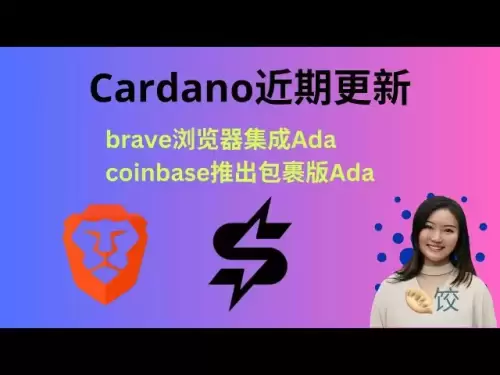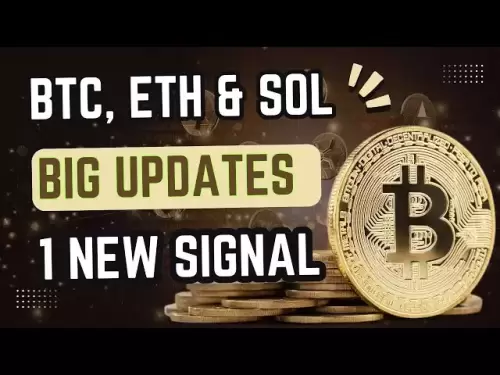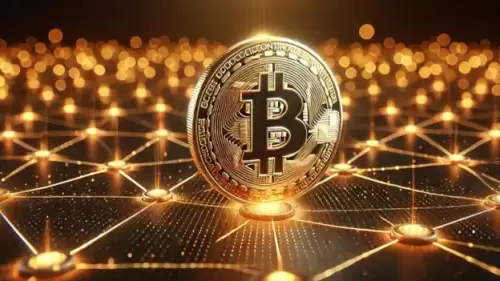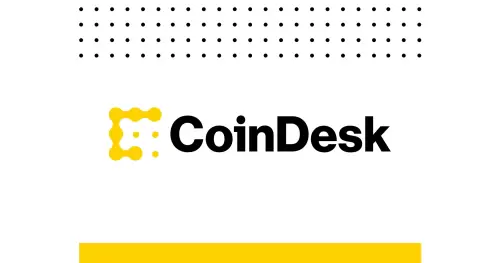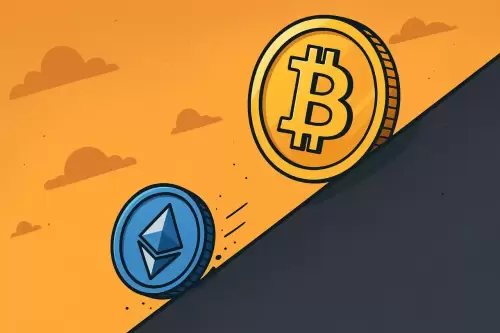 |
|
 |
|
 |
|
 |
|
 |
|
 |
|
 |
|
 |
|
 |
|
 |
|
 |
|
 |
|
 |
|
 |
|
 |
|
Cryptocurrency News Articles
Pi Coin Open Mainnet: Game-Changer or Hype Bubble? What You MUST Know Now
May 17, 2025 at 03:46 pm
The much-anticipated launch of Pi Coin's Open Mainnet set crypto forums abuzz, delivering millions of users the freedom to finally trade their mined Pi—but behind the headlines lie crucial details

Anticipation had simmered for months in online forums and group chats as the "people's cryptocurrency," Pi Coin, finally launched its long-awaited Open Mainnet. The move signaled a turning point, allowing users for the first time to transfer their hard-mined Pi coins outside the walled garden of the app and sending ripples through the global crypto community.
With vivid hues illuminating major cryptocurrency exchanges—names like OKX, Bitget, and CoinDCX—saw Pi Coin quickly appear on trading lists. In bold digits, exchanges initially quoted an astounding price point: before the launch, rumors had propelled to an optimistic $200 per coin with users engaging in speculative trading. But as trading opened to the world and volumes soared, an uncomfortable reality set in.
The price tumbled, plummeting more than half its value to around $1, then even lower. Investors, many of whom had spent years "mining" through nothing more than daily mobile taps, watched in dismay as expectations evaporated. Over the past 90 days, Pi Coin's price has shriveled a further 58%—and those rapid swings have stirred as much anxiety as excitement.
Hope flickered momentarily as a jittery bump of 17% upward over the last month sparked chatter among traders. But the broader story remains one of volatility, with traders pivoting quickly and institutions experimenting with the coin's potential.
So where does stand now? At Binance, a behemoth in the global crypto domain, trades for the coin hover around $0.70 with an enormous 24-hour volume exceeding $550 million and a total market capitalization north of $5 billion. Yet, even with such astonishing liquidity, the price slid nearly 18% in a single day, highlighting the magnitude of the shifts.
Behind these wild moves stands a project with big ambitions. According to its white paper, Network's vision stretches far beyond mobile mining. The project aims to build a fully-fledged DeFi ecosystem—Phase 3 of its roadmap calls for linking Pi tokens across major exchanges, supporting cross-exchange trading and liquidity with a custom swap feature. It's a technical feat few coins have yet mastered, and whether Pi can fulfill that promise will be crucial for its survival.
Getting involved is deceptively simple: download the Pi Network app, complete the required identity verification, and register. Once in, tap a lightning bolt to start mining with your phone. Social connectivity is the secret sauce—inviting friends and building teams can increase mining speed. Unlike energy-hungry Bitcoin farms, Pi bills itself as accessible and eco-friendly, but critics question whether that ease—a few taps per day—can ever underpin lasting value.
For those ready to test the tempestuous waters, exchanges like OKX and CoinDCX now offer conventional trading. With identity verification and a few clicks, the dream of catching the next crypto moonshot remains alive. But as the digital coins spin through exchanges and apps across the globe, Pi's trajectory serves as a stark reminder: in the boundless world of crypto, fortunes rise as quickly as they fall, and today's sensation is tomorrow's cautionary tale.
As the dust settles on the eventful launch, it's clear that the tale of Pi Coin is unfolding in a realm of massive community, surprising price swings, and the constant interplay between hype and technical promise. Only time will tell what the final chapter holds in this story of a cryptocurrency born from the minds and fingertips of millions.
Disclaimer:info@kdj.com
The information provided is not trading advice. kdj.com does not assume any responsibility for any investments made based on the information provided in this article. Cryptocurrencies are highly volatile and it is highly recommended that you invest with caution after thorough research!
If you believe that the content used on this website infringes your copyright, please contact us immediately (info@kdj.com) and we will delete it promptly.
-

-

- The crypto market is shifting again in 2025. Investors are scanning for early signals and opportunities as digital assets push back into the spotlight.
- May 17, 2025 at 08:35 pm
- Artificial intelligence is starting to change how people identify promising cryptocurrencies. AI tools are analyzing patterns in on-chain activity, social signals, and token behavior to surface coins that may have future potential.
-

-

-

-

-

-

-



















